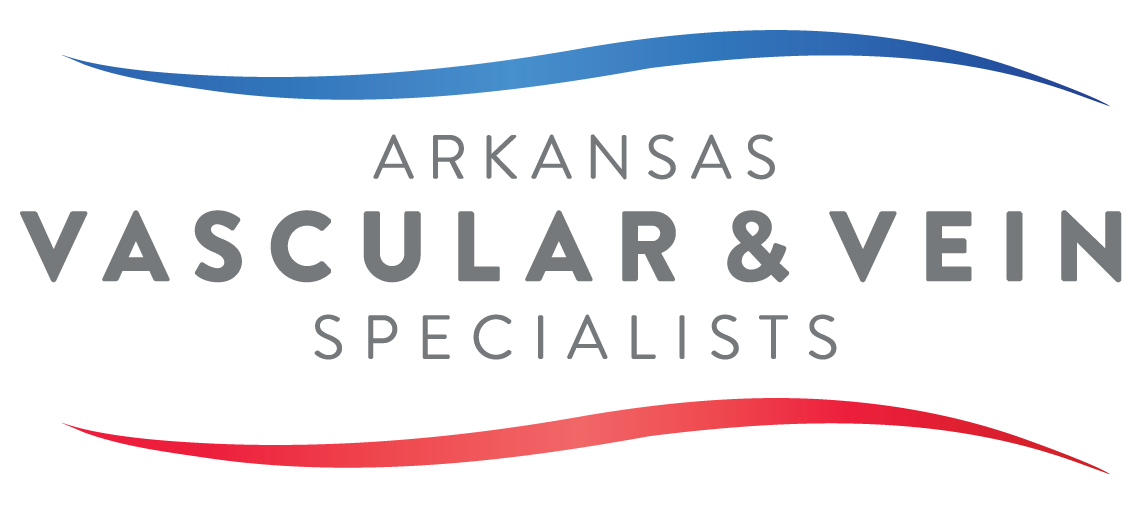Peripheral Artery Disease (PAD)
What are the risk factors for PAD?
Smoking, diabetes, high blood pressure, high cholesterol, obesity and family history of PAD.
What are the treatment options?:
- Lifestyle changes including smoking cessation, regular exercise and healthy diet.
- Medication to treat high blood pressure and high cholesterol level.
- Open bypass.
- Endovascular treatment including stent placement.
What happens if left untreated?:
Complications such as non-healing wounds, gangrene, amputation, including death.
What should I do if I have PAD?:
- Work closely with your healthcare provider to manage your high blood pressure, high cholesterol, diabetes, smoking cessation.
- Daily exercise and healthy diet.
- Ask for a referral to be seen and evaluated for PAD.
What is (PAD)?:
PAD is a common condition in which the blood vessels become narrowed or blocked, reducing the flow of blood to the limbs. PAD is caused by the buildup of plaque, a substance made up of fat, cholesterol, and other substances, in the walls of the arteries.
Atherosclerosis, a condition in which the artery walls become thickened and hardened is the most common cause of PAD.
Patients with PAD usually complain of the following symptoms: leg pain, cramping, in the calf, thing or hip, that is relief with rest, weakness in the limbs, decrease or no pulse in the legs or feet. PAD can cause sores/ulcers/non healing wounds on the toes or feet this may lead to gangrene.

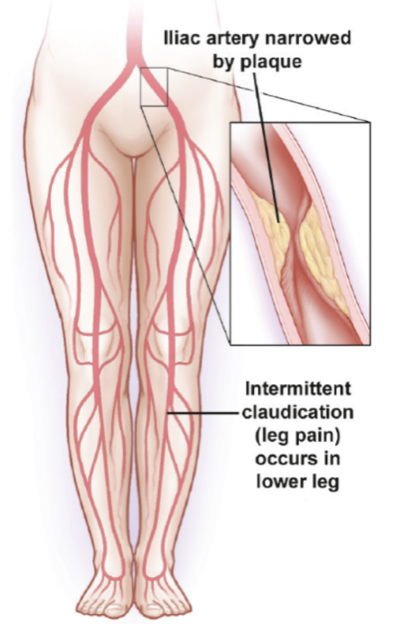
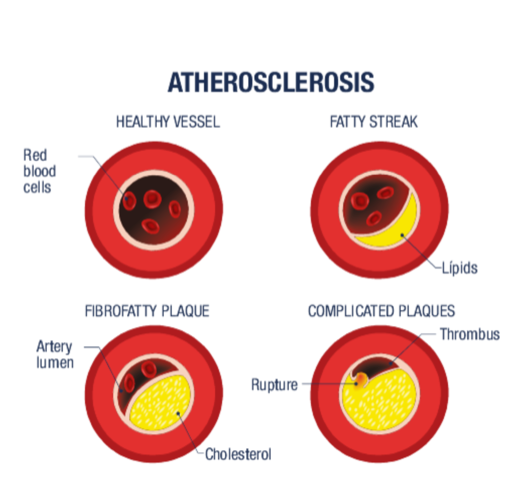
Are you looking for vascular care in Little Rock? We can help.
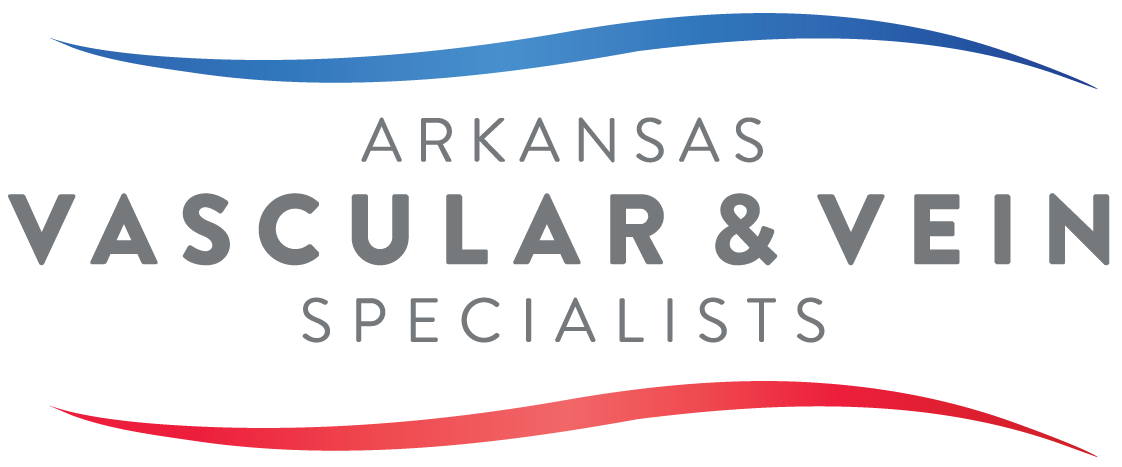
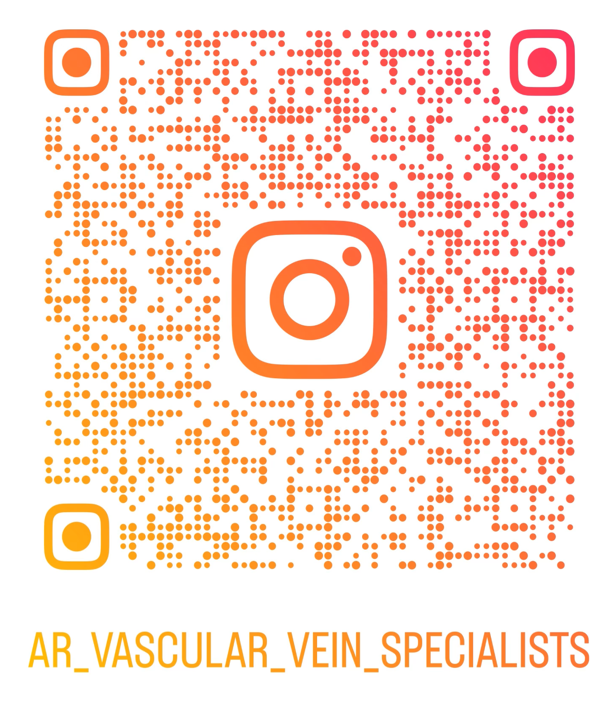
(F): 501-747-1195
Stay up to date. Subscribe to our newsletter!
We will get back to you as soon as possible.
Please try again later.
